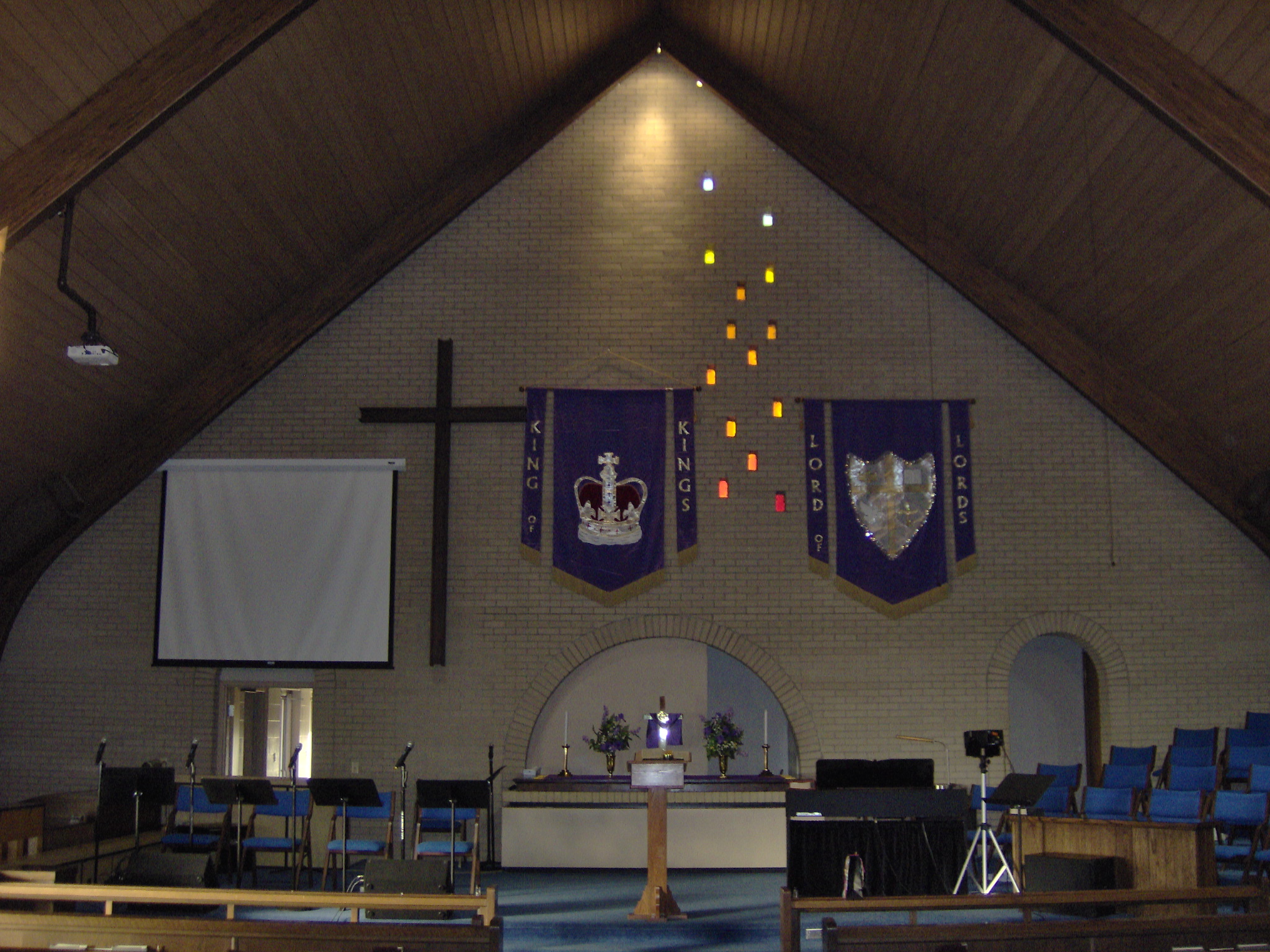THE UNKNOWING OF THE ALTAR OF GOD
Acts 17:22-34
- ar-e-op’-a-gus (Areios pagos; Acts 17:19,22. Mars’ Hill, 17:22 the King James Version): A sort of spur jutting out from the western end of the Acropolis and separated from it by a very short saddle. Traces of old steps cut in the rock are still to be seen. Underneath are deep grottoes, once the home of the Eumenides (Furies). On the flat surface of the summit are signs still visible of a smoothing of the stone for seats. Directly below to the North was the old Athenian agora, or marketplace. To the East, on the descent from the Acropolis, could be seen in antiquity a small semicircular platform–the orchestra–from which rose the precipitous rock of the citadel.
Here the booksellers kept their stalls; here the work of Anaxagoras could be bought for a drachma; from here his physical philosophy was disseminated, then, through Euripides, the poetic associate of Socrates and the sophists, leavened the drama, and finally reached the people of Athens. Then came the Stoics and Epicureans who taught philosophy and religion as a system, not as a faith, and spent their time in searching out some new thing in creed and dogma and opinion. Five centuries earlier Socrates was brought to this very Areopagus to face the charges of his accusers. To this same spot the apostle Paul came almost five hundred years after 399 BC, when the Attic martyr was executed, with the same earnestness, the same deep-rooted convictions, and with even greater ardor, to meet the philosophers of fashion. The Athenian guides will show you the exact place where the apostle stood, and in what direction he faced when he addressed his audience.2
- PAUSANIAS was the Greek writer who flourished in the 2nd Century A.D. His Description of Greece in ten books is a traveler’s account of sights of historical and cultural interest in the Peloponnese and central Greece. Pausanias provides a comprehensive catalogue of temples and shrines in the region, as well as frequent discussions of local myth and cult practice.
What does he tell us? In his first chapter he tells how the ports of Athens were crowded on every side with temples and adorned with statues of gold and silver. Phalerum, the port where Paul landed, had temples of Demeter, of Athene, of Zeus, and “altars of gods unknown,” of which we shall presently speak.
Then we can peruse chapter after chapter crowded with descriptions of statues and temples, till in the seventeenth chapter we read how in their pantheistic enthusiasm they idolized the most impalpable of things: “The Athenians have in the market-place, among other things not universally notable, an altar to Mercy, to whom, though most useful of all the gods to the life of man and its vicissitudes, the Athenians alone of all the Greeks assign honors. And not only is philanthropy more regarded among them, but they also exhibit more piety to the gods than others; for they have also an altar to Shame and Rumor and Energy.
And it is clear that those people who have a larger share of piety than others have also a larger share of good fortune.” While again, in chapter 24, dwelling upon the statues of Hercules and Athene, Pausanias remarks, “I have said before that the Athenians, more than any other Greeks, have a zeal for religion.” Athens was, at the time of Paul’s visit, the leading university of the world, and university life then was permeated with the spirit of paganism, the lovers of philosophy and science delighting to adorn Athens with temples and statues and endowments as expressions of the gratitude they felt for the culture which they had there gained.3
WHY DOES ANY OF THIS MATTER TO US TODAY?
__________________________
2 Smith, William, Dr. “Entry for ‘Areopagus'”. “Smith’s Bible Dictionary”. .1901.
3 Fowler, Harold N. “Pausanias’s Description of Greece.” American Journal of Archaeology 2, no. 5 (1898): 357-66. Accessed February 11, 2020. doi:10.2307/496590.
